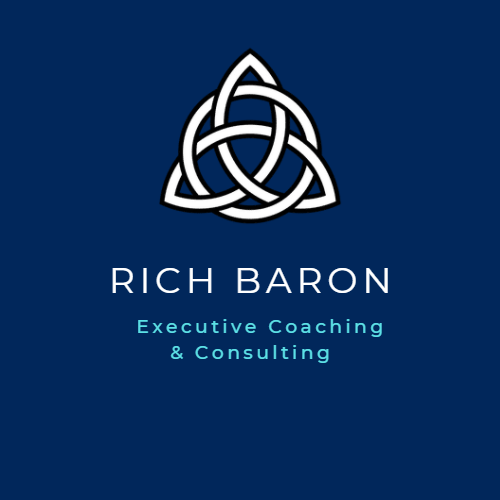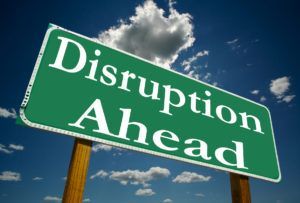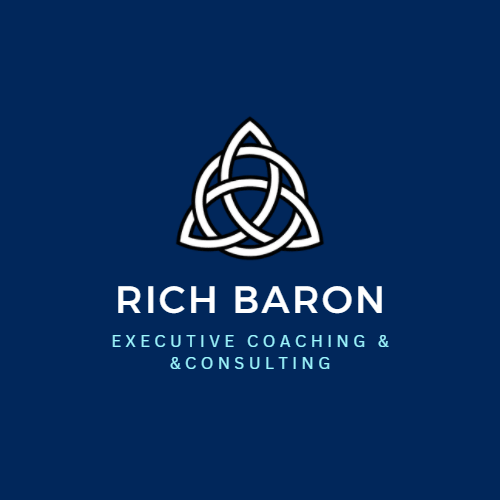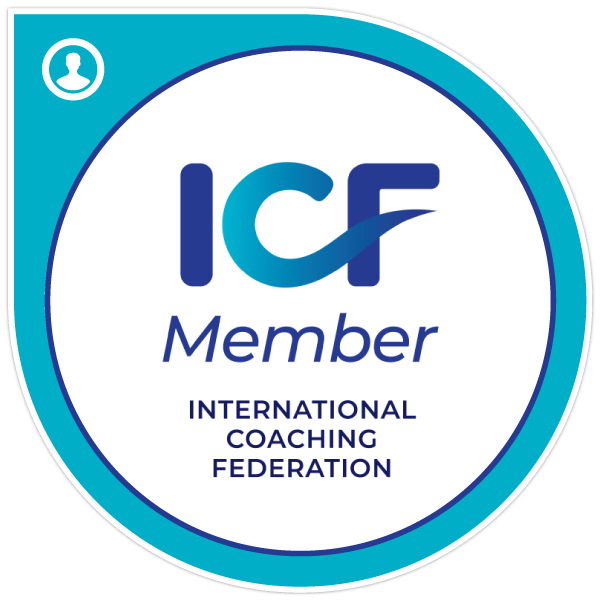The Buck Stops With You
Rich Baron • September 19, 2023
Corporate Culture will Make or Break Companies
Let's face it, the past few years have permanently altered the way we look at organizational culture. The first hint of trouble began back in April of 2021, when a record-setting four million Americans turned in their notice—kicking off what would eventually become known as the “Great Resignation.” As it turns out, April was no fluke, as each month thereafter saw an additional three to four million employees up and quit. The final tally for 2021 was over 48 million in all, an astounding statistic. We saw businesses and organizations of all shapes and sizes frantically looking for a way to slam the brakes on the rising tide of departures.
With this backdrop as a precursor to 2022 and 2023, it has become clear that corporate culture has the capacity to make or break companies. The pandemic appears to have permanently altered the landscape of employers and employees. And the rapid transformation that began over the past few years now requires an intentional change at the institutional level. Business and C-suite leaders across the spectrum of industries are now at a crossroads. However, the question arises, do CEOs and senior leaders truly understand what organizational culture is?
A Revealing Study
Organizational culture is a top-down function, meaning that culture starts with the CEO. In a recent global study completed by Deloitte Human Capital Research, 7,000 CEOs in over 150 countries were asked about the importance of organizational culture. The results were quite revealing as 86% of the CEOs surveyed indicated that corporate culture was very important in driving operating success. However, only 28% thought they understood their culture well while even fewer (19%) believed that they had the right culture in place to support operating goals. Based on these results, is it any wonder that 75% of business transformations flat-out fail, resulting in an organization’s decline, failure, or eventual extinction?
A big reason for their failure? CEOs and senior leadership teams are not as diligent as they need to be in creating and transforming their culture in support of their operating goals. In fact, the biggest reason for their failure? A lack of leadership. CEOs of companies often underestimate the importance of their own role as leaders in establishing a strong internal culture. Worse yet, they also underestimate the importance of building and sustaining the kind of culture that supports the very operating imperatives of their own business models.
Only 25% of organizations who are considered “market leaders”, transform from a position of strength to sustain their position of strength, while 75% of “market leaders” currently are not engaged in positive and pre-emptive transformation efforts—which almost guarantees their eventual failure.
So What is Culture?
Your organization’s culture represents the collective character, values, thoughts, emotions, beliefs, and behaviors of your leaders and individual contributors. Your organization’s culture is a product of such factors as its’ history and how your leaders and individual contributors ascribe meaning and value to it as well as leadership style (legacy and current) which is then reflected in the creation and implementation of your organization’s values, vision, mission, purpose, strategy, structure, and roles. This then leads us to a new question, Is employee engagement and culture the same thing?
Is Employee Engagement and Culture the Same Thing?
Employee engagement and company culture are related, but they aren’t the same thing. Unfortunately, many organizations lump engagement and company culture together and prevent themselves from deriving the full benefit of understanding and optimizing each. Companies that lack a strong, vibrant culture may still have employees who like and are engaged in their work. Bigger issues like distrust or misalignment of goals can simmer underneath an engaged workforce (though they’re unlikely to remain engaged with work for long). On the other hand, organizations with energetic, inspiring cultures can’t help but have engaged employees. In fact, culture is a strong predictor of engagement and is the foundation of operational success. That’s why defining your organization’s path to the future must involve evaluation of both corporate culture and employee engagement.
Organizational Culture is Critical for the Future
Organizational culture is critical for the future of business. That being said, below are a few things CEOs and executive leaders would do well to consider for their own workforce.
- The Buck Stops With You - Culture and operating success can be traced back to one source—the CEO. The kind of company you hope to create isn’t up for debate. It’s now a necessity. The C-Level team must accept responsibility for creating the organization’s compelling future “blueprint” and “architecture”.
- Only Vulnerability Brings About Change - You can’t bring about positive and transformative change until you can recognize and admit where your efforts to build corporate culture have fallen short internally.
- You Need a Vision. Now! - It’s up to you to create a compelling vision for your employees to buy into. And your vision requires both a blueprint and sound architecture to execute. A gourmet coffee bar, leather couches in the breakroom, Ted Talk style lunches, and allowing employees to leave two hours earlier on Fridays are not a vision. They're perks.
- Results Won’t Come Overnight - To affect real change, your cultural blueprint must define a path to transform mindsets. Then you can begin transforming behaviors. Only then will you begin to see and take notice of the intended results.
- Identify and Lock In Your Talent - To succeed in building an enviable culture, you’ll need to identify new talent from within. A strong corporate culture requires advocacy and buy-in from a new generation of up-and-coming leaders.
- You Can’t Set It and Forget It - The corporate world's view on culture standards is what got us to this point. Getting out of this mess requires a transformative effort that continuously measures progress against benchmark goals. And course-correction will play a new and lasting role in shaping company culture from here on out.
- Accurately Assess Your Culture - As In medicine, In the world of corporate reinvention and renewal, prescription before diagnosis Is malpractice. Before you can make a cultural course correction, you’ve got to clearly see where you are in relation to where you want to go. Only through a candid assessment of leaders’ willingness, desire, and capacity to initiate and sustain meaningful change can you begin to identify the pathway to a shared vision and catalyze the resolve to effectively lead cultural transformation.
Changing Mindsets is the Key
Results transform when culture transforms. Culture transforms when behavior transforms. Behavior transforms when mindsets transform.
Your organization’s future operating success is tied to the “health and vibrancy” and overall “maturity” of your culture. Regardless of your unique transformation challenge (e.g., the need to be more innovative, collaborative, global, more responsive, more efficient, execute better, become more customer-focused, or even integrate or merge with another organization, etc.), your culture and how strong and vibrant it is, will determine if you succeed or fail. However, all of this requires a changed mindset focused on your culture. Plain and simple, new mindsets equal new results.
Take some time and reach out to me to discuss how I can help you transform your culture.
Download the brochure here:
About the Author
Rich Baron is a Master Certified Intelligent Leadership Executive Coach at John Mattone Global, with over 25 years of experience in cultural transformation, operational and executive leadership positions, and coaching emerging leaders to CEOs.




